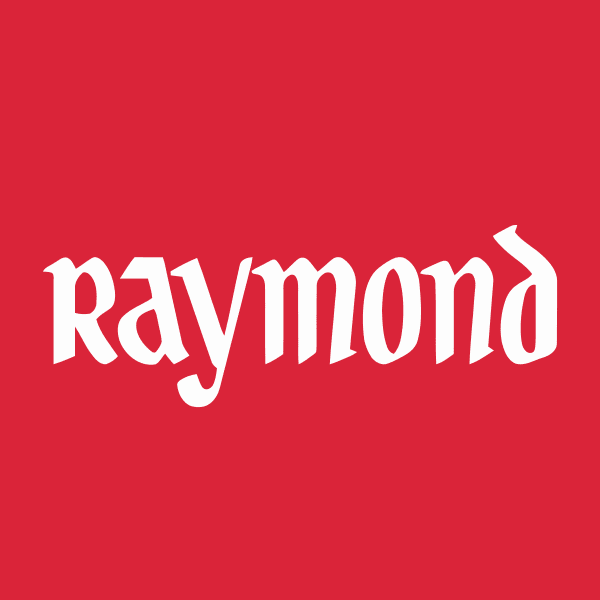
Risk Return Tradeoff, One of the most important concepts to understand when investing in mutual funds or the stock market is the risk-reward trade-off. This investing term refers to the relationship between the risk that investors take and the potential for profit. The two move in tandem, which means that as the risk increases, so does the potential for higher returns. Similarly, the returns on a less risky investment are likely to be lower. As an investor, one must understand what the risk-reward trade-off means and how to calculate it.
What is Risk-reward tradeoff?
The risk-reward tradeoff is a trading principle that associates high risk with high reward. The appropriate risk-return tradeoff is determined by a number of factors, including an investor’s risk tolerance, the number of years until retirement, and the ability to replace lost funds. Time is also important in determining the adequate levels of risk and reward in a portfolio. For example, if an investor can invest in equities for the long term, he or she has the possibility of recovering from the risks of bear markets as well as participating in bull markets, whereas if an investor can only invest for a short period of time, the same equities have a significant risk proposition.Every type of investment comes with some level of risk. Furthermore, the level of risk varies depending on the kind of investment. In the financial market, for example, equities carry a higher level of risk than bonds because they are more sensitive to market volatility. Furthermore, stocks have the highest potential returns. As a result, the risk return trade off means that as risk increases, so does the potential for return.
An appropriate risk-return trade-off is determined by factors such as an investor’s risk tolerance, investment duration, and ability to replace lost funds. The investment duration is critical in determining the appropriate levels of risk and return for a portfolio. For example, if an investor invests in equities over time, he or she will be able to recover from risks in bear markets and participate in bull markets. Likewise, investing in equity markets for the near run can carry a higher risk.
Risk-return trade-offs are critical components of investment strategies and portfolio evaluation. It also assists in the analysis of portfolio holdings, concentration, and the appropriate mix to maintain risk and return at the portfolio level.
How to measure singular risk?
When considering high-risk, high-return investments, an investor can apply the risk-return tradeoff to the vehicle as a whole as well as to the portfolio as a whole. Options, penny stocks, and leveraged ETFs are examples of high-risk, high-reward investments (ETFs). A diversified portfolio, in general, reduces the risks posed by individual investment positions. A penny stock position, for example, may be high-risk on its own, but if it is the only position of its type within a larger portfolio, the risk caused by holding the asset is minimal.
What is Portfolio Risk-Return Trade-Off?
A risk-return tradeoff appears at the portfolio level. For example, an all-equity portfolio has both greater risk and higher potential returns. Risk and reward can be increased in an all-equity portfolio by concentrating investments in individual sectors or taking on single positions that represent a significant percentage of holdings. Assessing the cumulative risk-return tradeoff of all positions can help investors determine whether a portfolio contains enough risk to generate long-term returns or if the risk levels are too high with the current holdings mix.
How is Risk Return Trade Off Calculated in Mutual Funds?
As you invest money in a pool of investments, mutual funds can help spread out the risk. The pool includes a mix of equities, bonds, and other securities with varying risk profiles. As a result, if one investment underperforms or becomes volatile, the other investments help to balance it out. When investing in mutual funds, you can assess risk using various metrics.
The following are some metrics for calculating the risk-return trade-off in mutual funds:
Alpha
Alpha A strategy with zero alpha has delivered the same returns as the benchmark. A negative alpha scheme indicates that the fund underperformed its benchmark. A scheme with a positive alpha, on the other hand, outperforms its benchmark. As a result, the higher the alpha, the greater the potential returns.
Alpha = (Mutual Fund Return – Risk Free Return (Rf)) – [(Benchmark Return – Risk Free Return (Rf)) * Beta]
Simply put, alpha determines how much return a mutual fund investment can potentially generate. Despite the fact that higher alpha implies higher returns. It is not the only metric used to assess the performance of a fund.
Beta
Beta Simply put, this metric assesses the sensitivity of a mutual fund portfolio to market fluctuations. Beta assists in understanding how the fund reacts to market fluctuations. Furthermore, the market or benchmark beta is always one. If contrasted to its benchmark index, a fund with a beta less than one indicates lower volatility. A fund with a beta greater than one, on the other hand, indicates that it is more volatile than its benchmark.
Beta = (Mutual Fund Return – Risk Free Rate (Rf)) / (Benchmark Return – Risk Free Rate (Rf))
Funds with betas less than one are less volatile and should be chosen by new or risk-averse investors. At the same time, risk-takers can choose higher beta funds. Higher beta, on the other hand, does not guarantee high returns because it does not reveal the fund’s inherent or absolute risk.
The Sharpe Ratio
The Sharpe ratio is a performance measure that can be used to estimate a mutual fund scheme’s risk-adjusted return potential. Risk-adjusted returns are the excess returns generated by a mutual fund scheme over the risk-free rate of return. Simply put, the Sharpe ratio aids in determining the potential returns a scheme can generate for each unit of risk it takes on.
The more high the ratio, the greater the potential return versus risk. A higher Sharpe ratio indicates that a fund’s return potential is greater than expected at a given risk level. Likewise, if the Sharpe ratio is negative, it indicates that a fund’s return potential is less than its risk.
Sharpe Ratio = (Mutual Fund Returns – Risk-Free Rate) / Standard Deviation
Furthermore, the Sharpe ratio takes into account the investment’s inherent risk (standard deviation). As a result, you can assess the fund’s risk to determine whether it will generate returns above the risk-free rate.
Standard Deviation
The standard deviation measures how far a portfolio return deviates from its mean. Simply put, a mutual fund’s standard deviation shows how far its performance deviates from expected returns. A fund with a higher standard deviation is more volatile and risky than one with a lower standard deviation. As a result, the standard deviation assesses total risk instead of just market volatility.
The standard deviation can be used as a performance ratio to compare two funds in the same category. You cannot determine whether the standard deviation is high or low without comparing it to other funds in the same category.
The above are the four metrics used to calculate the risk of different mutual funds when making an investment decision. There is more emphasis on building a well-diversified portfolio to protect against market volatility. Also, the risk return trade off applies to every investment. Hence, you must focus on your investment objective, horizon, and risk tolerance level so that risk return trade-offs match your investment portfolio.







